Proprioception Autism Examples
Unlock the connection between proprioception and autism. Discover real-world examples and sensory integration techniques for individuals with autism.

Understanding Proprioception in Autism
Proprioception, also known as kinesthesia, is the body's ability to sense movement, action, and location. It is present in every muscle movement a person has, allowing individuals to walk without consciously thinking about where to place their foot next and enabling them to touch their elbow with their eyes closed. Proprioception plays a vital role in our daily lives, contributing to our body's ability to perceive joint position, movement, and the internal peripheral areas that contribute to postural control, joint stability, and conscious sensations.
Proprioceptive Function in the Body
Proprioception is an essential component of the somatosensory system, enabling us to navigate our environment with coordination and balance. It allows us to have a sense of where our body is in space and how it is moving. Proprioceptive receptors, located in muscles, tendons, and joints, provide feedback to the brain about the position and movement of various body parts. This information helps us perform precise movements, maintain balance, and adjust our body posture [2].
Signs of Proprioceptive Challenges
In individuals with autism, proprioceptive processing may be altered, leading to difficulties in accurately perceiving and interpreting sensory information from their own bodies. Proper proprioceptive functioning is crucial for motor planning, body awareness, and coordination. Children and adults with autism may experience challenges related to proprioception, which can affect their daily functioning in several ways.
Some individuals with autism may be over-sensitive to proprioceptive input, leading to difficulties in understanding where their body is in relation to other objects. This can result in challenges such as clumsiness, knocking things over, dropping items, misjudging personal space, and standing too close to others. On the other hand, some individuals may be under-responsive to proprioceptive input, leading to a lack of body awareness and difficulties in coordinating movements [2].
Identifying signs of proprioceptive challenges in individuals with autism is essential for understanding their unique sensory needs and providing appropriate support. By recognizing and addressing these challenges, individuals with autism can enhance their body awareness, motor skills, and overall sensory integration.
Diagnosing Proprioception Disorder
When it comes to diagnosing proprioception disorder, various assessments and tests are available to evaluate the proprioceptive function in individuals. These tests help identify any challenges or deficits in proprioceptive processing. One of the commonly used tests is the Romberg Test, along with other assessments specific to proprioception.
Assessments and Tests
To diagnose proprioception disorder, healthcare professionals may utilize a combination of assessments and tests. These assessments are designed to evaluate the individual's proprioceptive function and identify any difficulties or deficits. Some commonly used assessments include:
- TTDPM Test
- JPR Test
- Thumb Finding Test
- Distal Proprioception Test
- Sequential Finger Touching
- Romberg Test
- Field Sobriety Test
These tests assess various aspects of proprioceptive function, such as balance, coordination, and body awareness. They provide valuable insights into the individual's proprioceptive capabilities and can aid in the diagnosis of proprioception disorder [1].
Role of the Romberg Test
The Romberg Test is one of the most commonly used tests to evaluate proprioceptive function. In this test, the individual is asked to stand with their feet together and their eyes closed for approximately 30 seconds. The healthcare professional observes the individual for signs of imbalance or swaying.
The Romberg Test assesses the individual's ability to maintain balance and body awareness without visual input. It helps identify any proprioceptive challenges or deficits that may be present. If the individual demonstrates difficulty maintaining balance or sways significantly, it may indicate an impairment in proprioceptive processing.
Diagnosing proprioception disorder involves a comprehensive evaluation using multiple assessments and tests. The Romberg Test, along with other proprioceptive assessments, plays a crucial role in identifying any challenges in proprioceptive function. By understanding the specific deficits, healthcare professionals can develop customized treatment plans to address the individual's unique needs.
Treatment for Proprioceptive Dysfunction
When it comes to addressing proprioceptive dysfunction, there are various therapeutic approaches that can be utilized to improve proprioceptive function and enhance overall sensory integration. Treatment plans are often customized to meet the specific needs of the individual.
Therapeutic Approaches
Treatment for proprioceptive dysfunction typically involves exercises and therapies that focus on improving coordination, balance, and proprioceptive awareness. These approaches aim to enhance the individual's ability to perceive joint position, movement, and internal peripheral areas, which contribute to postural control, joint stability, and conscious sensations [2].
Some common therapeutic approaches for proprioceptive dysfunction include:
- Proprioceptive exercises: These exercises are designed to target specific muscle groups and joints, promoting better proprioceptive awareness and control. Examples of proprioceptive exercises include balancing on unstable surfaces, weight-bearing activities, and joint compression exercises.
- Sensory integration therapy: This type of therapy focuses on integrating sensory information from different modalities to improve overall sensory processing. It may involve activities that stimulate different senses, such as swinging, jumping, or using sensory bins with various textures.
- Occupational therapy: Occupational therapists play a crucial role in treating proprioceptive dysfunction. They can develop individualized treatment plans that incorporate activities to improve proprioceptive skills, such as heavy work activities, deep pressure techniques, and therapeutic brushing.
- Assistive devices: Depending on the severity of the proprioceptive dysfunction, assistive devices may be recommended. These devices can provide additional sensory input and support to enhance proprioceptive awareness and stability. Examples include weighted vests, compression garments, and specialized seating.
Customized Treatment Plans
Each individual with proprioceptive dysfunction may have unique needs and challenges. Therefore, treatment plans should be customized to address specific proprioceptive deficits and cater to the individual's medical history, overall health, and age [1]. Collaborating with a team of healthcare professionals, including occupational therapists, physical therapists, and physicians, can help create comprehensive and personalized treatment plans.
The treatment plan may involve a combination of therapeutic approaches, tailored exercises, and sensory integration techniques. Progression and adjustments to the treatment plan are made based on the individual's response and progress over time. Regular evaluations and assessments are essential to track improvements and make any necessary modifications to the treatment approach.
By utilizing therapeutic approaches and creating customized treatment plans, individuals with proprioceptive dysfunction can experience improvements in their proprioceptive function, leading to enhanced coordination, balance, and overall sensory integration. Collaborating with healthcare professionals ensures that the treatment is tailored to the individual's needs, allowing for a more effective and targeted approach to address proprioceptive challenges.
Impact of Proprioceptive Deficits
Proprioception, or the sense of body awareness and position, plays a crucial role in our daily movements. When individuals experience proprioceptive deficits, it can lead to various challenges, including a higher risk of injury and difficulties in coordinating movements. Understanding the impact of proprioceptive deficits is essential for developing effective strategies to address these issues.
Recurrence of Injuries
One significant consequence of proprioceptive deficits is the increased likelihood of injury recurrence. When the proprioceptive system is impaired, the joints have a decreased ability to respond to outside forces and maintain stability. This can make individuals more susceptible to accidents and injuries. For example, someone with proprioceptive challenges may have difficulty maintaining balance and coordination, leading to frequent falls or missteps.
To mitigate the risk of injury recurrence, individuals with proprioceptive deficits can benefit from specific treatment techniques. These techniques may include early weight bearing and the use of devices such as a biomechanical ankle proprioception system (BAPS) board or kinesthetic awareness trainer (KAT). These interventions help improve proprioception and enhance joint stability, reducing the likelihood of injuries.
Techniques for Improving Proprioception
Improving proprioception is crucial for individuals with proprioceptive deficits. By enhancing body awareness and coordination, individuals can navigate their environment more effectively and reduce the risk of injury. Various treatment techniques can help improve proprioception.
One technique is early weight bearing, which involves engaging in weight-bearing activities as soon as possible after an injury. This helps stimulate the proprioceptive system and promotes the restoration of joint stability and coordination.
Using specialized devices like a biomechanical ankle proprioception system (BAPS) board or kinesthetic awareness trainer (KAT) can also be beneficial. These tools provide a dynamic surface that challenges the proprioceptive system, helping individuals develop better proprioceptive awareness and control.
Additionally, incorporating activities that engage the proprioceptive system into daily routines can be helpful. These activities may include balancing exercises, jumping, squatting, or using resistance bands. Engaging in activities that require coordination and body awareness can gradually improve proprioceptive function over time.
It's important to note that treatment plans should be customized to meet the individual needs of each person with proprioceptive deficits. Working with a healthcare professional, such as an occupational therapist or physical therapist, can help develop a tailored treatment plan that addresses specific challenges and goals.
Understanding the impact of proprioceptive deficits allows individuals, caregivers, and healthcare professionals to implement appropriate strategies to support individuals with autism and other conditions. By focusing on improving proprioception, individuals can enhance their body awareness, coordination, and overall quality of life.
Proprioception in Autism Spectrum
Individuals with autism often experience altered proprioceptive processing, which can have significant impacts on their daily functioning. Proprioception refers to the body's ability to sense and interpret its position and movements in space. It plays a crucial role in motor planning, body awareness, and coordination. However, in individuals with autism, proprioceptive processing may be affected, leading to difficulties in accurately perceiving and interpreting sensory information from their own bodies [2].
Altered Proprioceptive Processing
Difficulties with proprioception in autism can manifest in various forms, such as over-sensitivity or under-responsiveness to proprioceptive input. Some individuals may be over-sensitive to proprioceptive input, leading to challenges in understanding where their body is in relation to other objects. This can result in clumsiness, knocking things over, dropping items, misjudging personal space, and standing too close to others.
On the other hand, some individuals with autism may exhibit under-responsiveness to proprioceptive input. They may have difficulty recognizing joint positions, maintaining balance, and coordinating movements. These challenges can impact their motor skills and coordination, making activities that require precise movements or balance more challenging.
Challenges Faced by Individuals
Proprioceptive deficits pose unique challenges for individuals with autism. Difficulties in accurately perceiving and interpreting proprioceptive information can affect their daily lives in various ways. Here are some common challenges faced by individuals with altered proprioceptive processing:
- Motor Skills and Coordination: Impaired proprioception can impact motor skills, making it challenging to perform activities that require precise movements, such as writing, using utensils, or tying shoelaces.
- Spatial Awareness and Body Positioning: Altered proprioception can affect a person's awareness of their body in space. This may lead to difficulties in judging personal space, standing too close to others, or misjudging distances and movements.
- Balance and Stability: Proprioceptive deficits can interfere with maintaining balance and stability. This may result in frequent falls, unsteady gait, or difficulty participating in activities that require balance, such as riding a bicycle.
- Body Awareness: Individuals with altered proprioception may have challenges in perceiving and understanding their own body's position and movements. This can lead to difficulties in activities that require body awareness, such as dressing, navigating crowded spaces, or participating in team sports.
- Sensory Seeking or Sensitivity: Some individuals with autism may exhibit sensory-seeking behaviors, such as seeking deep pressure or intense physical activities, to fulfill their proprioceptive needs. Others may experience sensory sensitivity and may be overwhelmed by certain types of proprioceptive input.
Understanding the specific challenges faced by individuals with altered proprioceptive processing is crucial for providing appropriate support and interventions. By addressing these challenges, individuals with autism can improve their motor skills, spatial awareness, and overall quality of life.
Proprioceptive Activities for Autism
When it comes to addressing proprioceptive challenges in individuals with autism, incorporating specific activities can be beneficial in promoting sensory integration and overall well-being. These activities can help individuals with autism regulate their sensory system, enhance body awareness, and improve their ability to engage in various daily activities. In this section, we will explore two types of proprioceptive activities commonly used for individuals with autism: calming strategies and sensory stimulation techniques.
Calming Strategies
Calming strategies are proprioceptive activities that help individuals with autism achieve a state of relaxation and reduce feelings of anxiety or overstimulation. These strategies provide deep pressure input, which has a calming effect on the nervous system. Some effective calming strategies include:
- Weighted Blankets: Weighted blankets have gained popularity for providing deep pressure proprioceptive input to individuals with autism and ADHD. The weight from the blanket promotes relaxation, improves sleep, and enhances body awareness and boundaries [4].
- Chewing Activities: Chewing is a common proprioceptive input that many individuals with autism and ADHD find beneficial. Engaging in chewing activities, such as chewing gum, eating crunchy snacks, or using chewable jewelry, can provide sensory stimulation, regulate the sensory system, and help reduce stress and anxiety.
- Dance and Music: Engaging in dance and music activities can be a powerful way for individuals with autism to regulate and gain proprioceptive input. Dancing involves various body movements and coordination, enhancing proprioceptive awareness and regulation. Dancing to music provides rhythm and sensory input, allowing individuals to connect with their bodies and surroundings [4].
Sensory Stimulation Techniques
Sensory stimulation techniques are proprioceptive activities that provide individuals with autism with sensory input to enhance their overall sensory processing abilities. These techniques aim to activate the proprioceptive system and improve sensory integration. Some effective sensory stimulation techniques include:
- Joint Compression: Joint compression involves applying gentle pressure to the joints, which can provide proprioceptive input and a sense of security. This technique can be achieved through activities like squeezing stress balls, using therapy putty, or engaging in activities that involve pushing against resistance.
- Deep Pressure Massage: Deep pressure massage involves applying firm and rhythmic pressure to different parts of the body. This technique can be done using hands, massage tools, or weighted blankets. Deep pressure massage can help individuals with autism relax, decrease sensory sensitivities, and improve body awareness.
- Heavy Work Activities: Heavy work activities involve engaging in tasks that require pushing, pulling, lifting, or carrying heavy objects. These activities can include carrying a backpack filled with books, pushing a weighted cart, or engaging in chores like sweeping or vacuuming. Heavy work activities provide proprioceptive input and can help individuals with autism feel grounded and regulated.
By incorporating these proprioceptive activities into daily routines, individuals with autism can experience improvements in sensory regulation, attention, and overall well-being. It's important to note that the effectiveness of these activities may vary for each individual, and it's recommended to consult with a sensory integration therapist or occupational therapist to create a customized plan that suits the specific needs and preferences of the individual.
For more information on sensory strategies and techniques for individuals with autism, you may also be interested in our articles on social stories for autism, rejection sensitive dysphoria in autism, and idiosyncratic phrases.
References
[1]: https://www.webmd.com/brain/what-is-proprioception[2]: https://www.goldstarrehab.com/parent-resources/proprioception-autism-examples[3]: https://www.sciencedirect.com/topics/neuroscience/proprioception[4]: https://www.goldstarrehab.com/parent-resources/proprioception-and-autism
Find More Articles
Contact us
North Carolina, Tennessee, Nevada, New Jersey, Utah, Virginia
New Hampshire, Maine
Massachusetts, Indiana, Arizona, Georgia
.avif)




.jpeg)
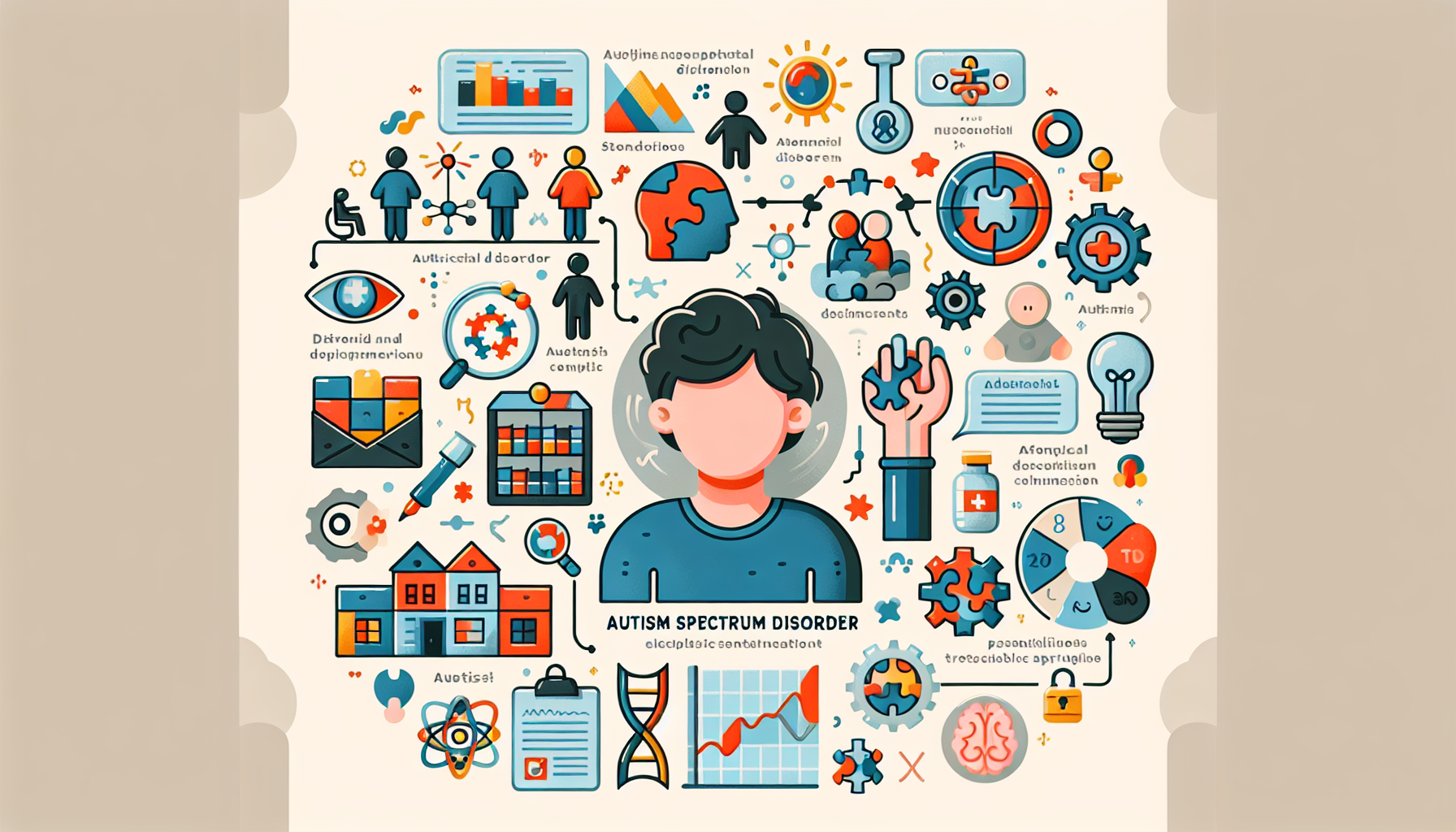


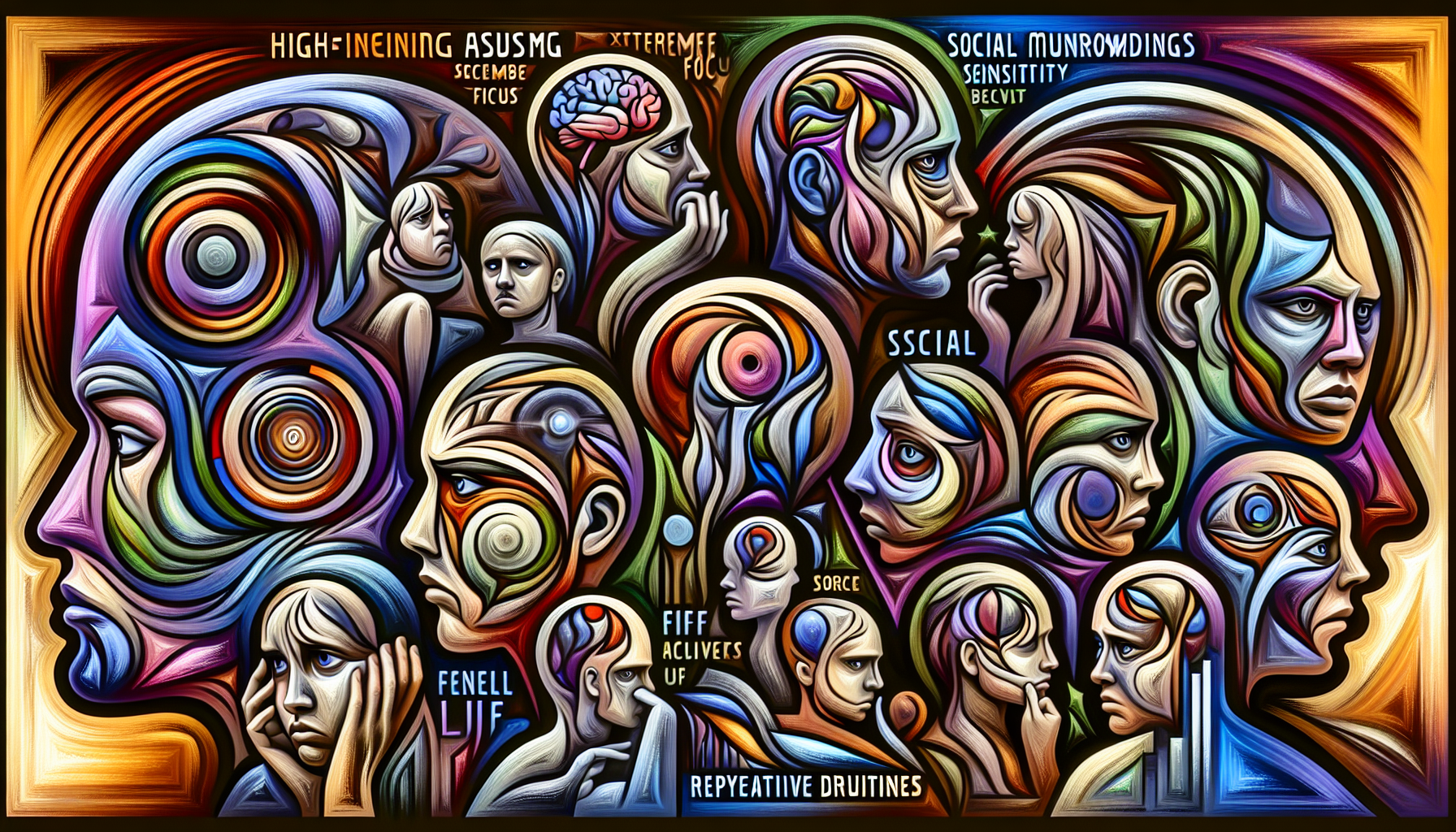

.jpeg)



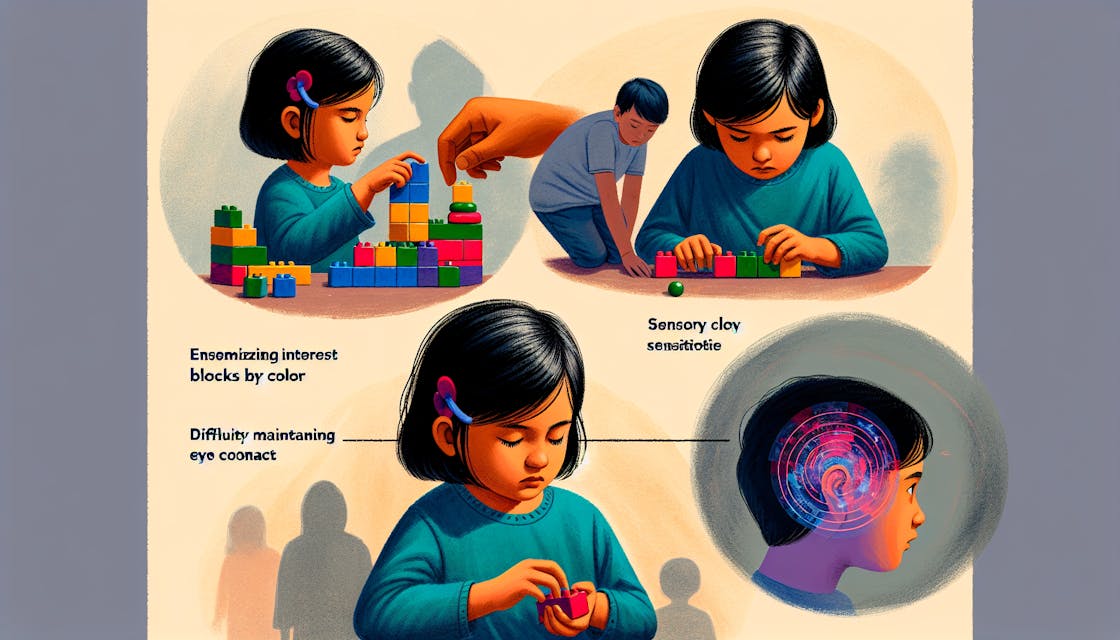
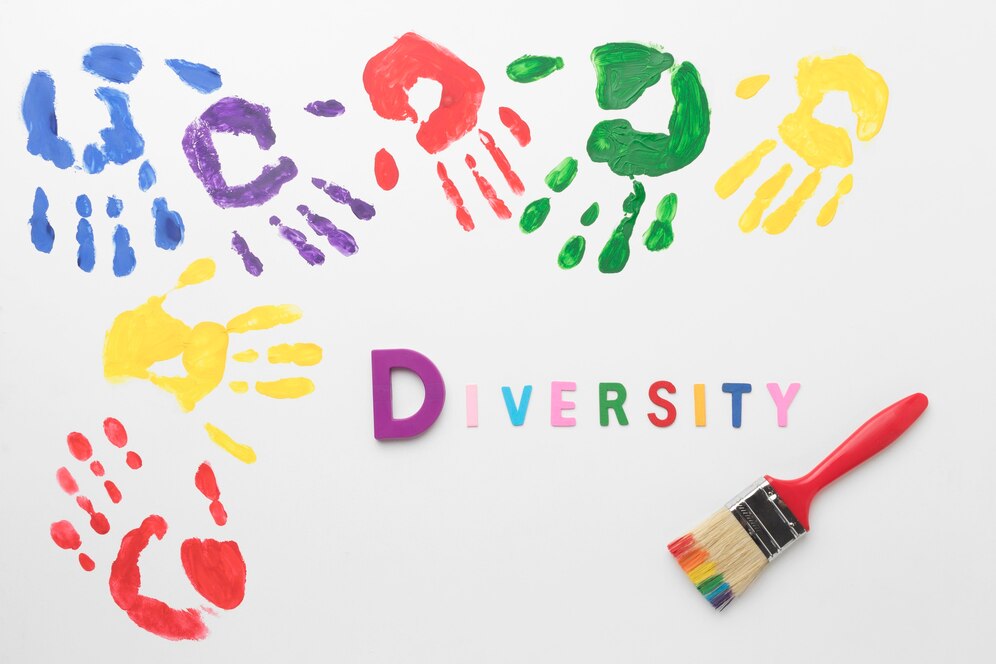



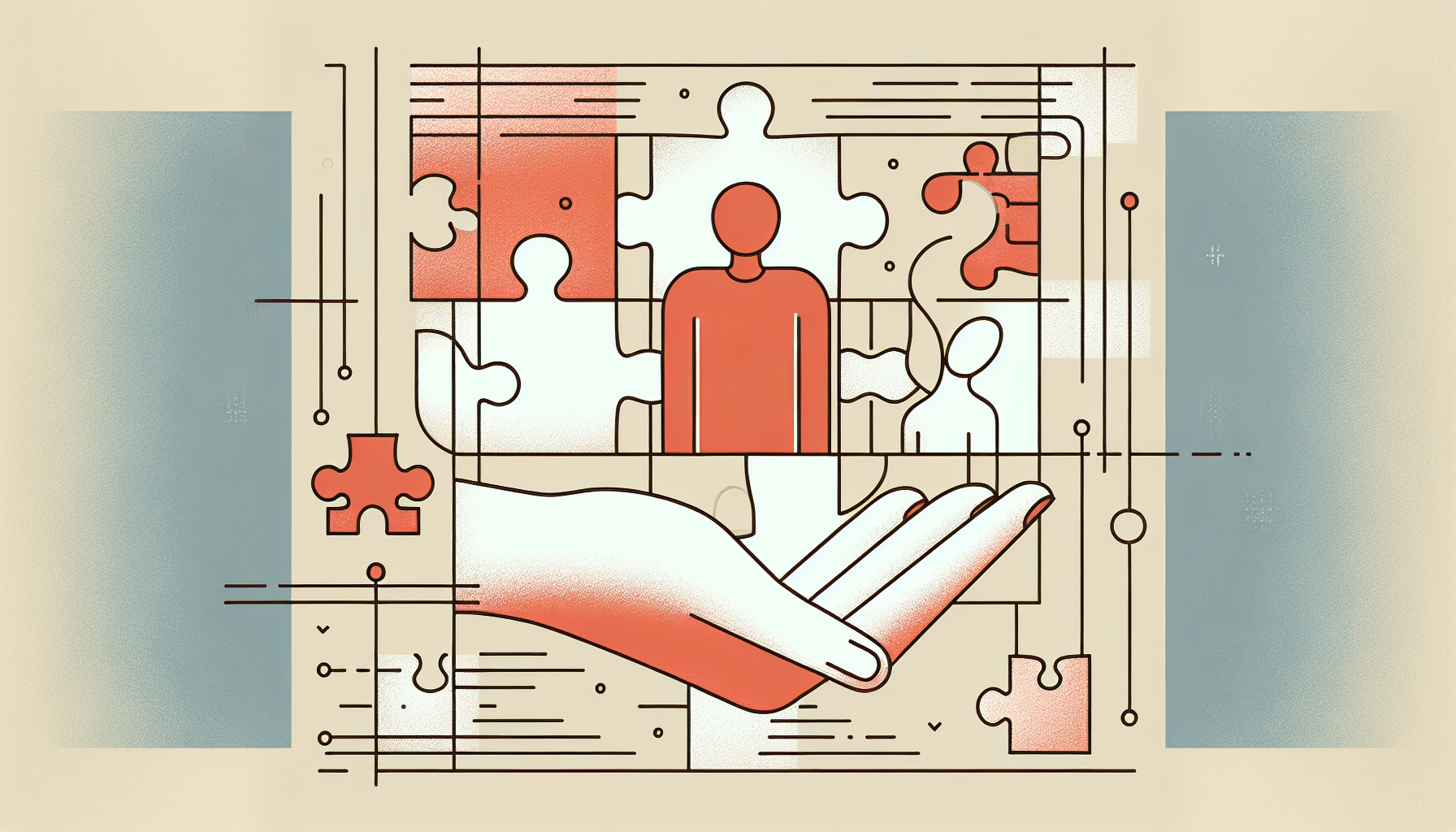







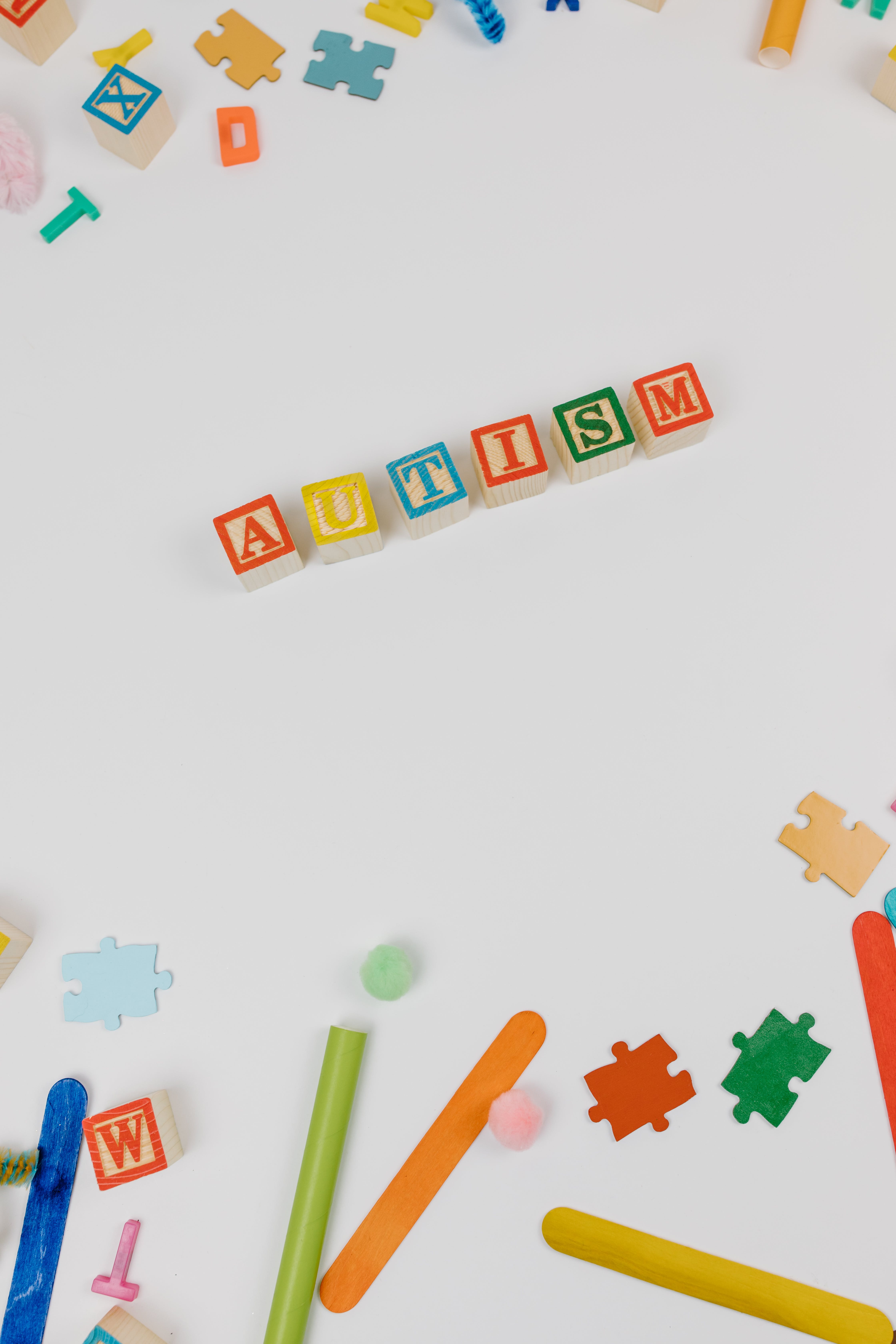








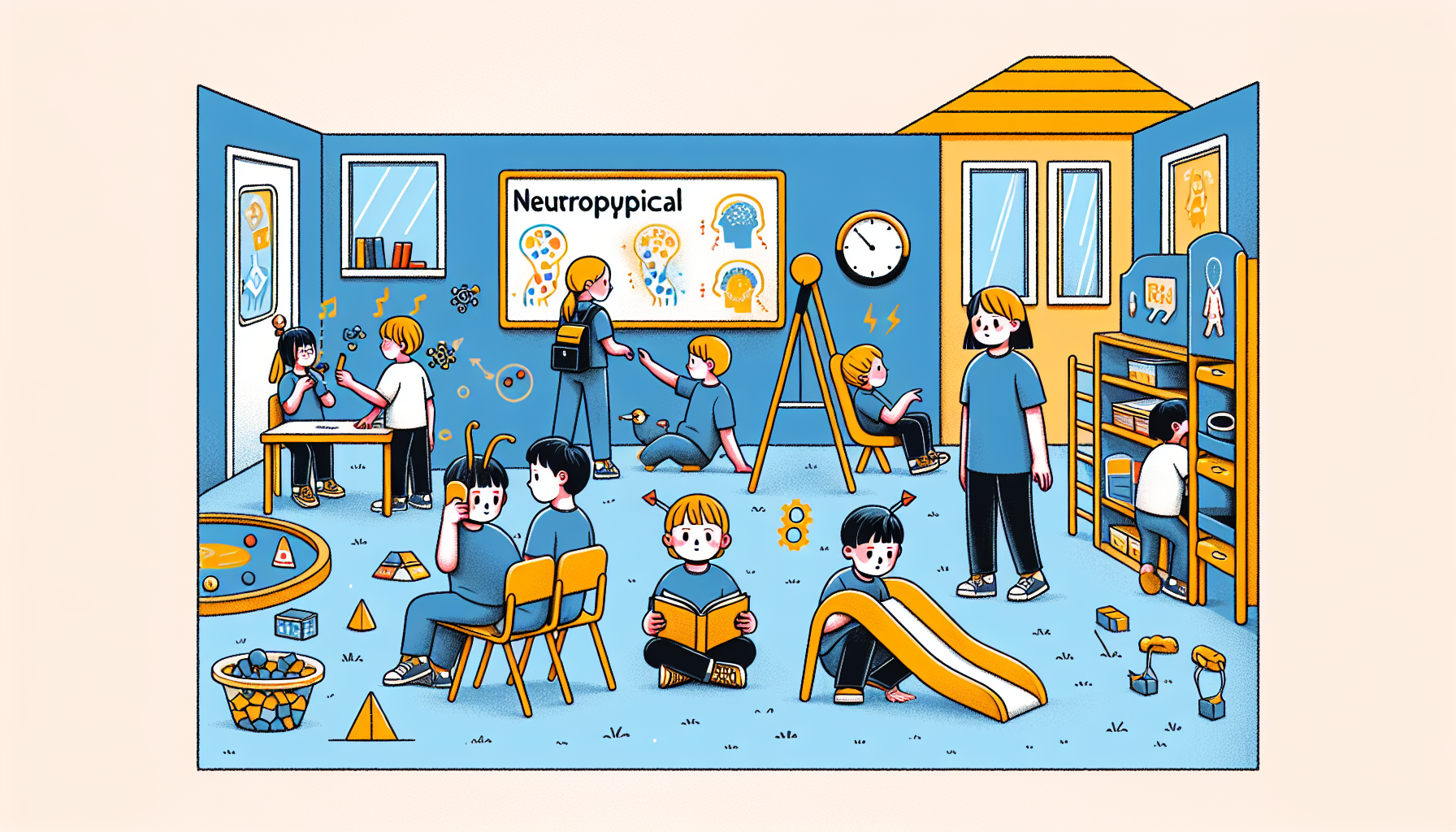



%2520(1).jpeg)

.jpeg)





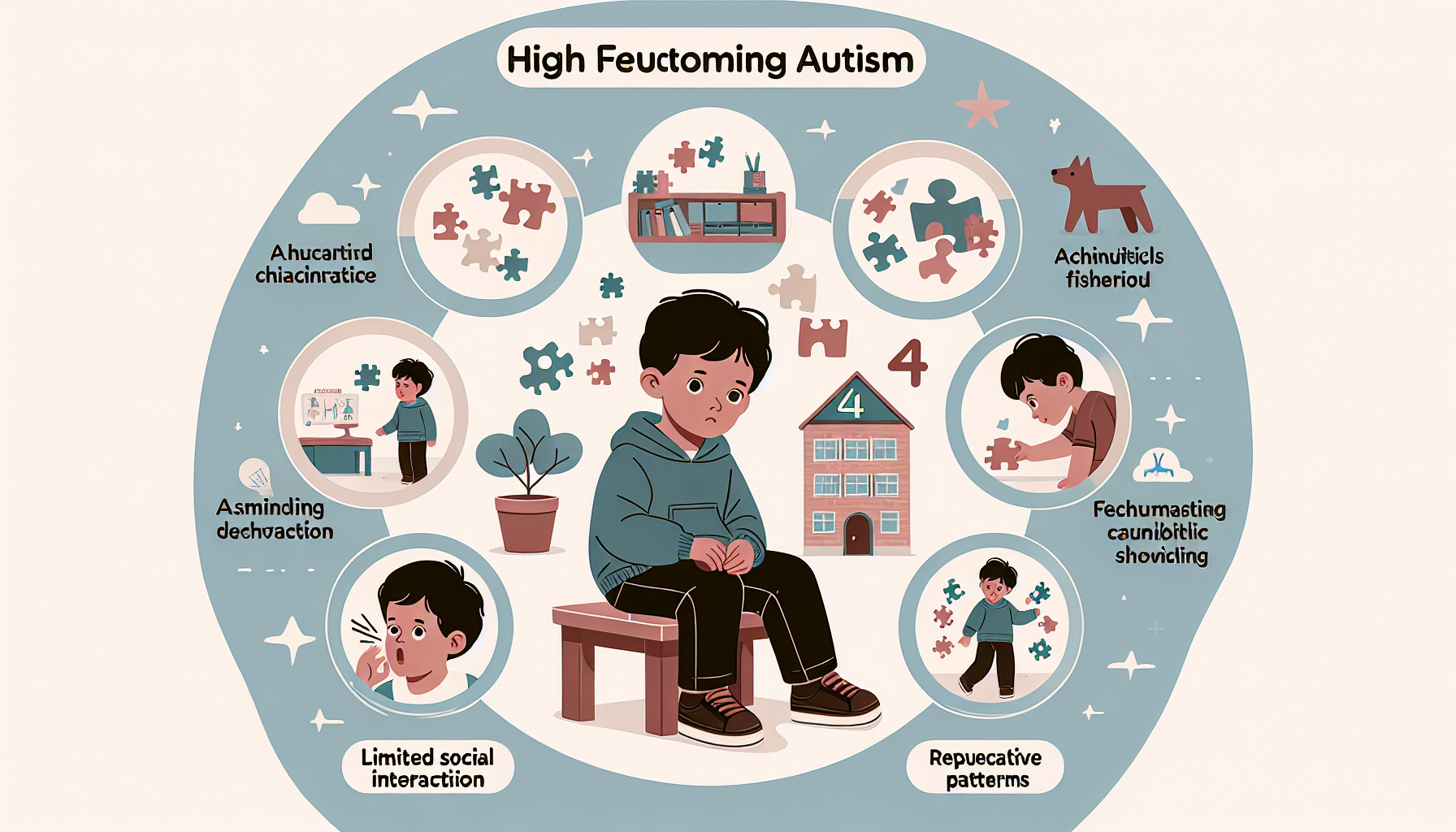





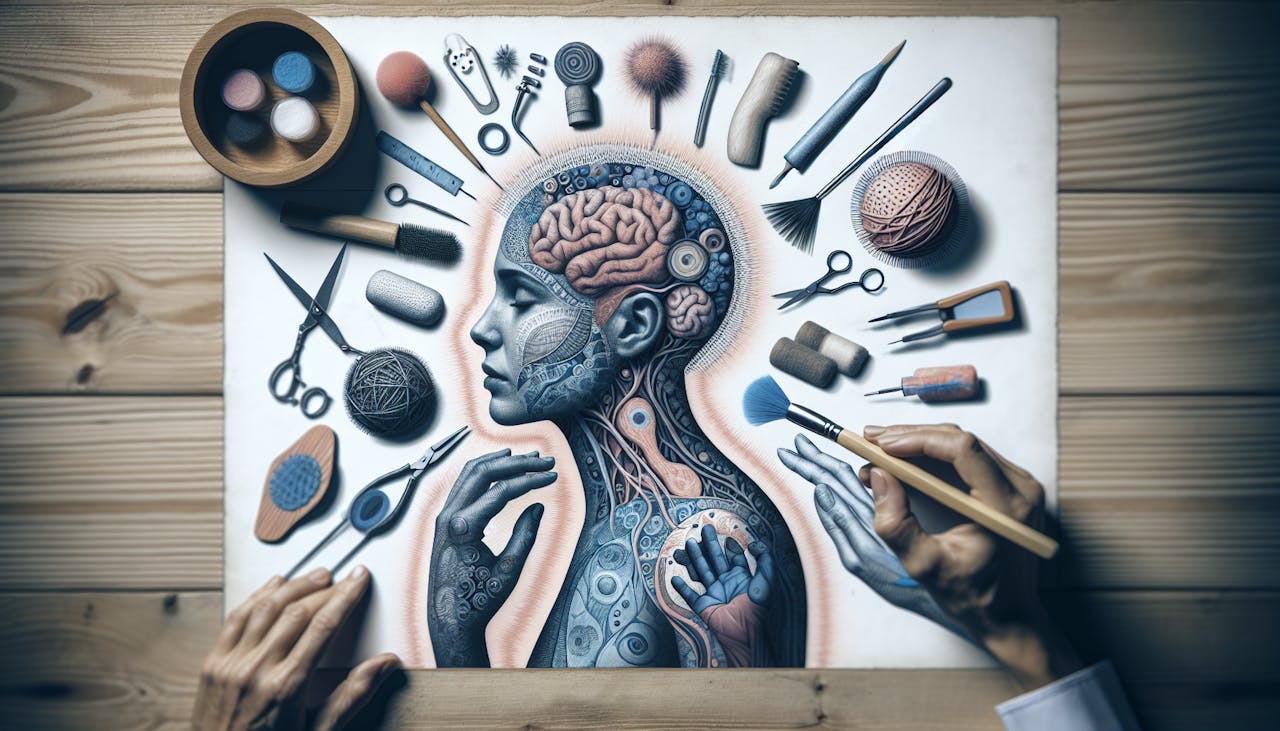
.jpeg)










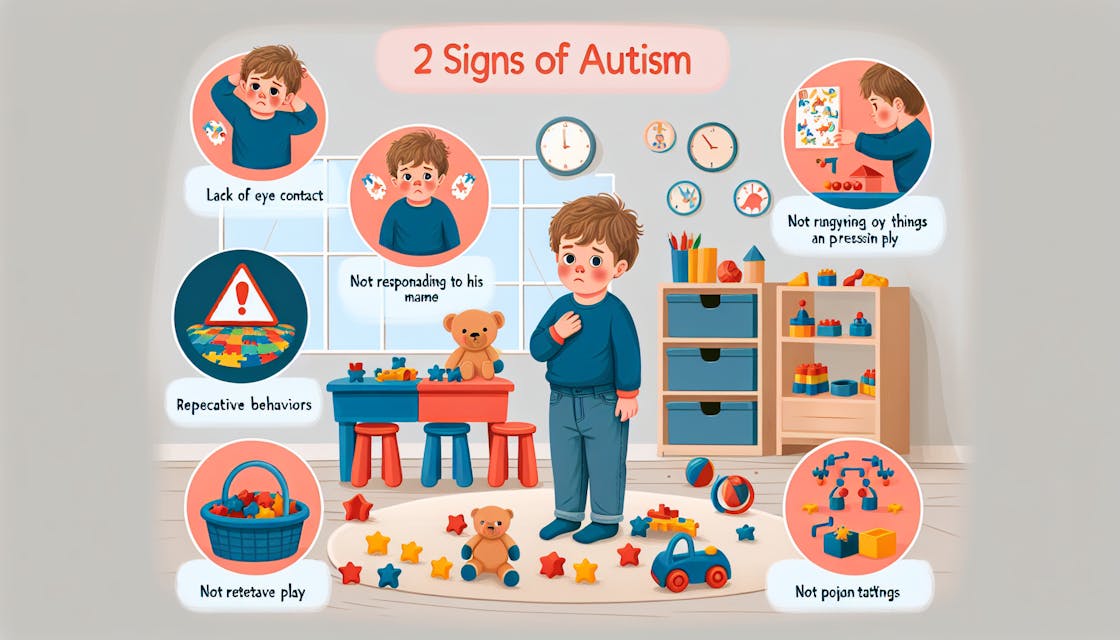
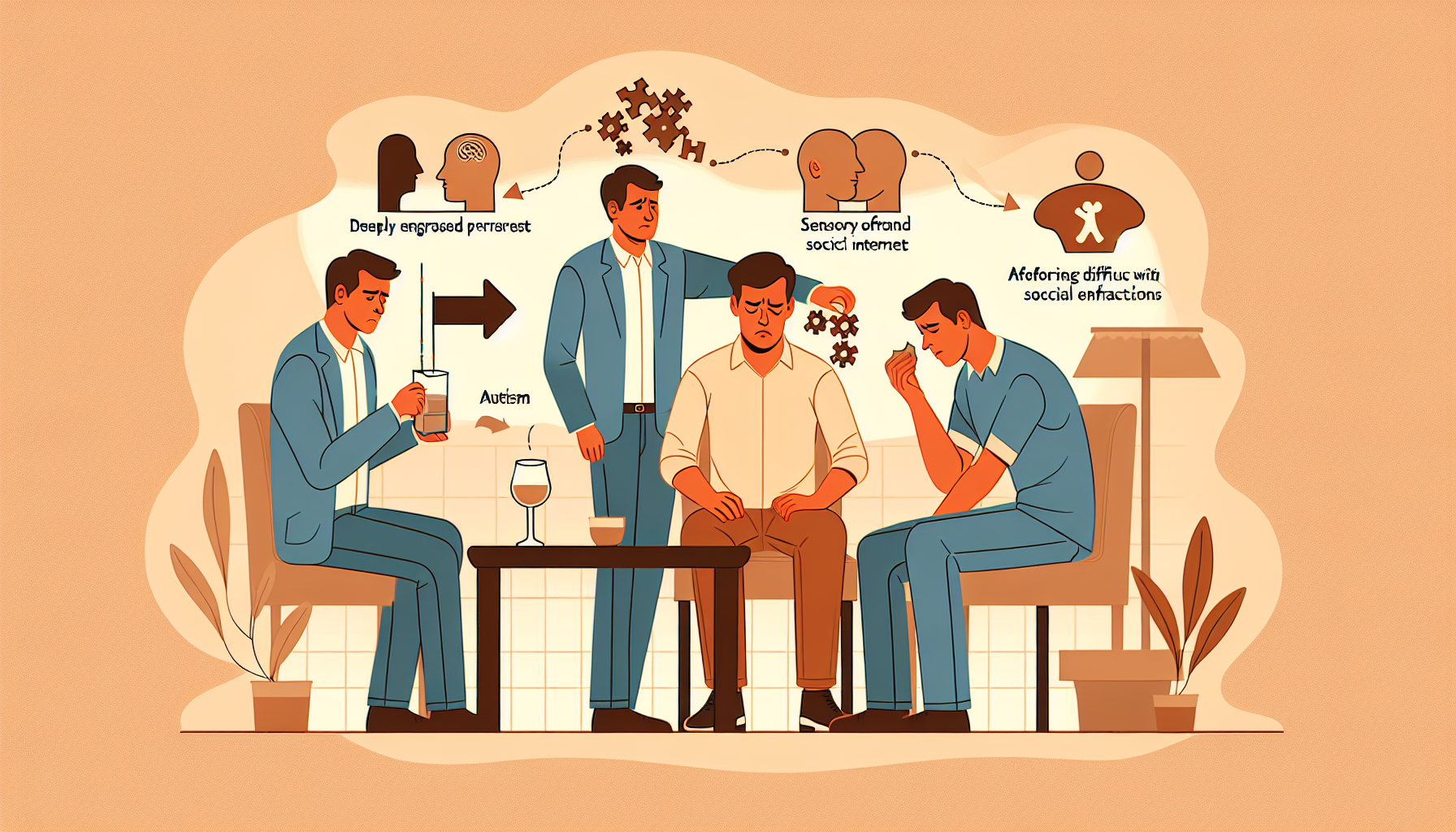

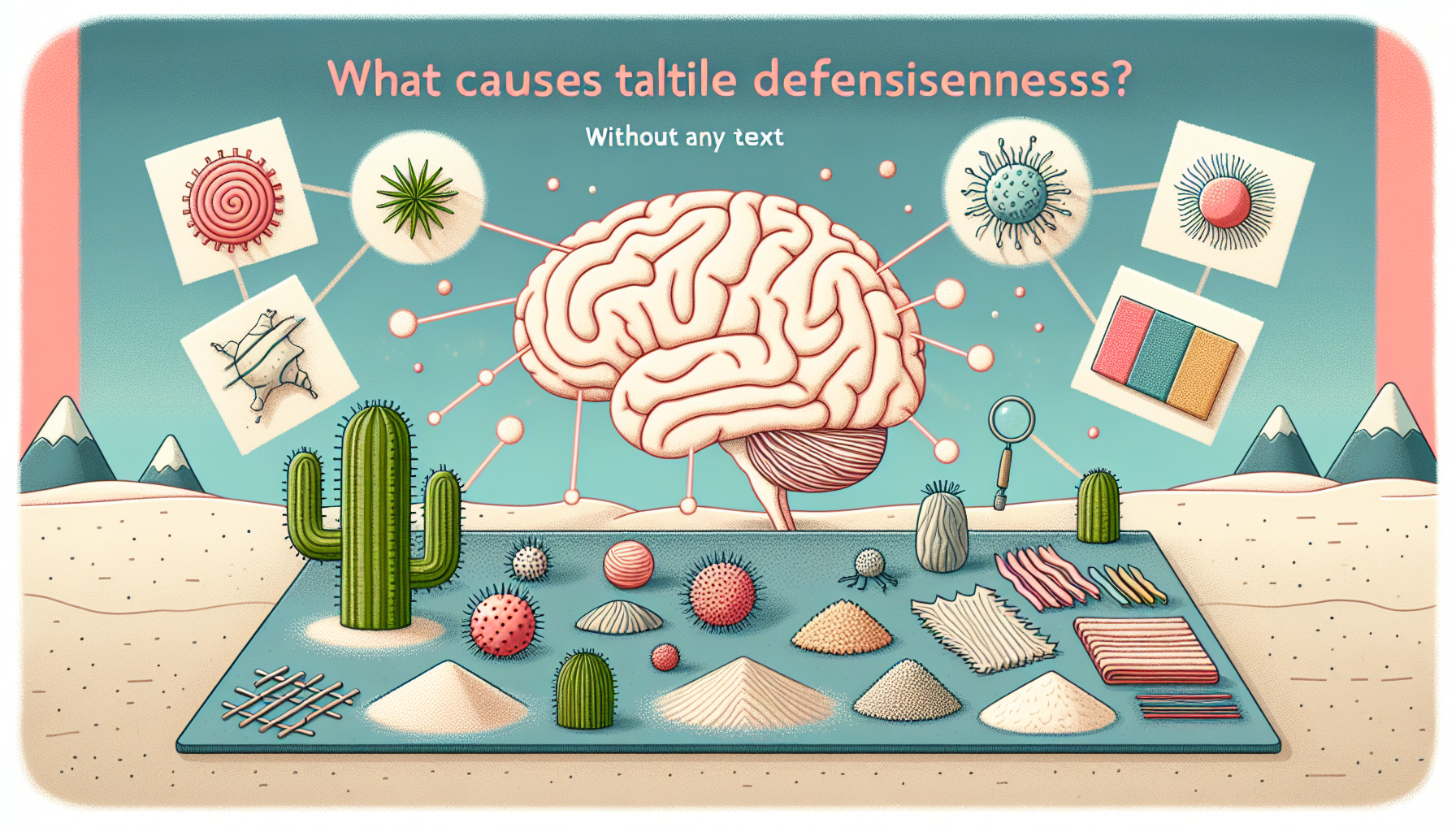
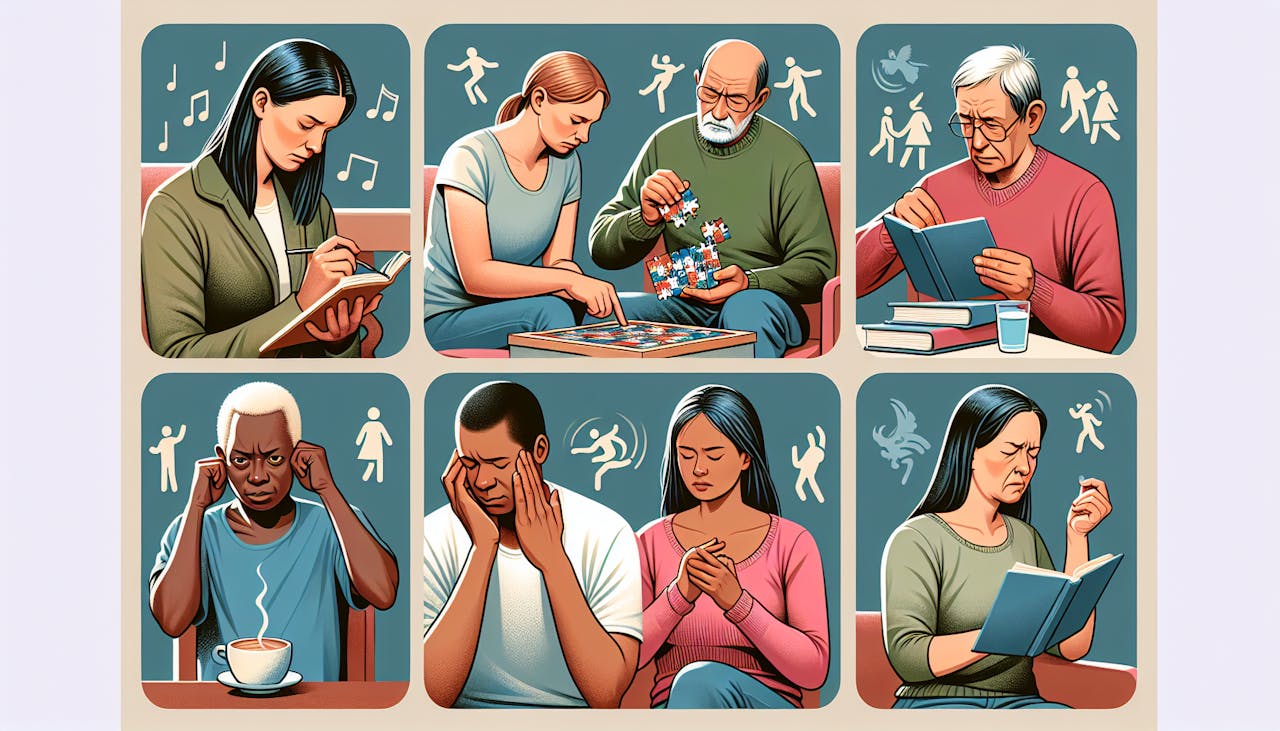



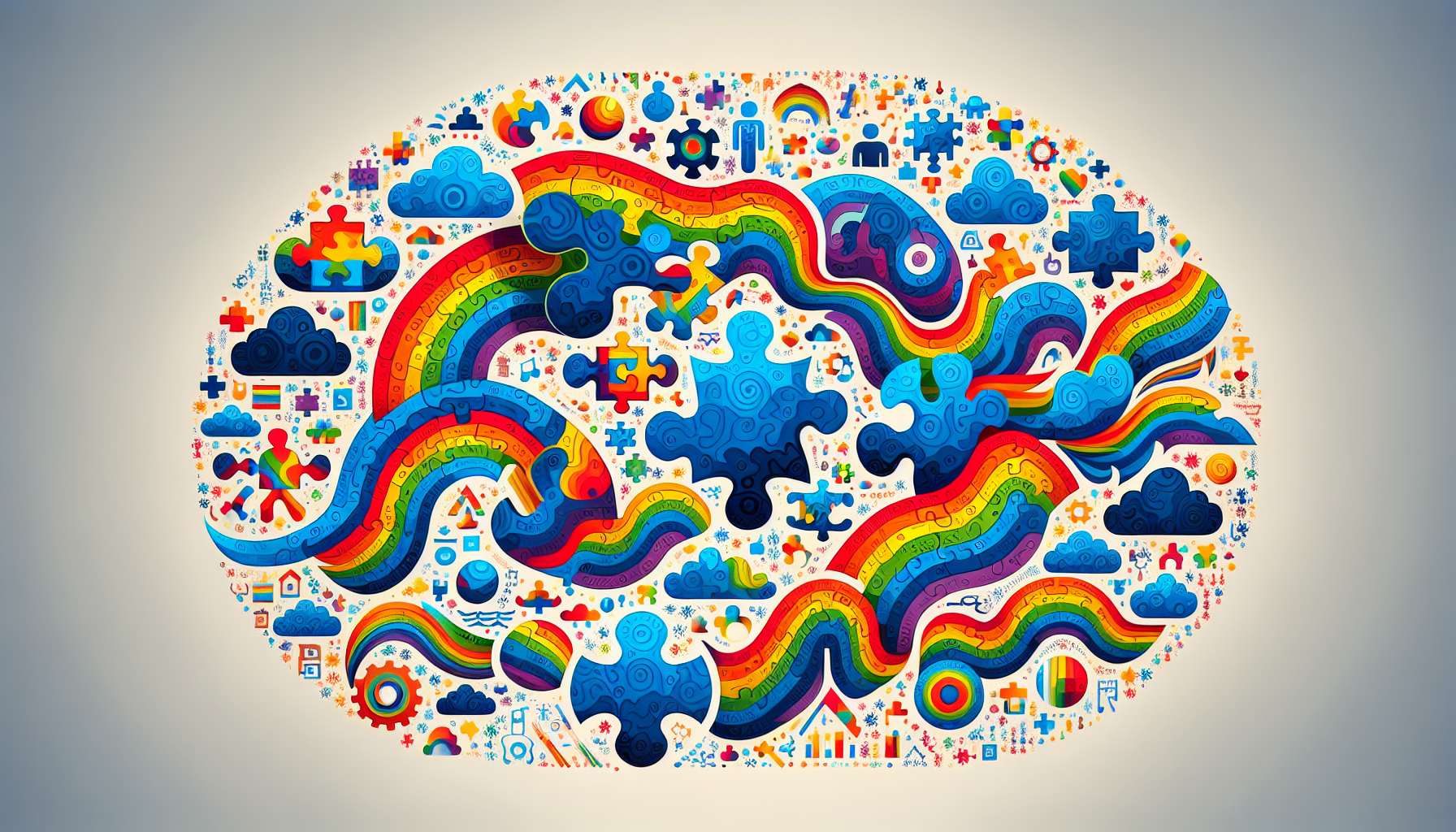
.jpeg)

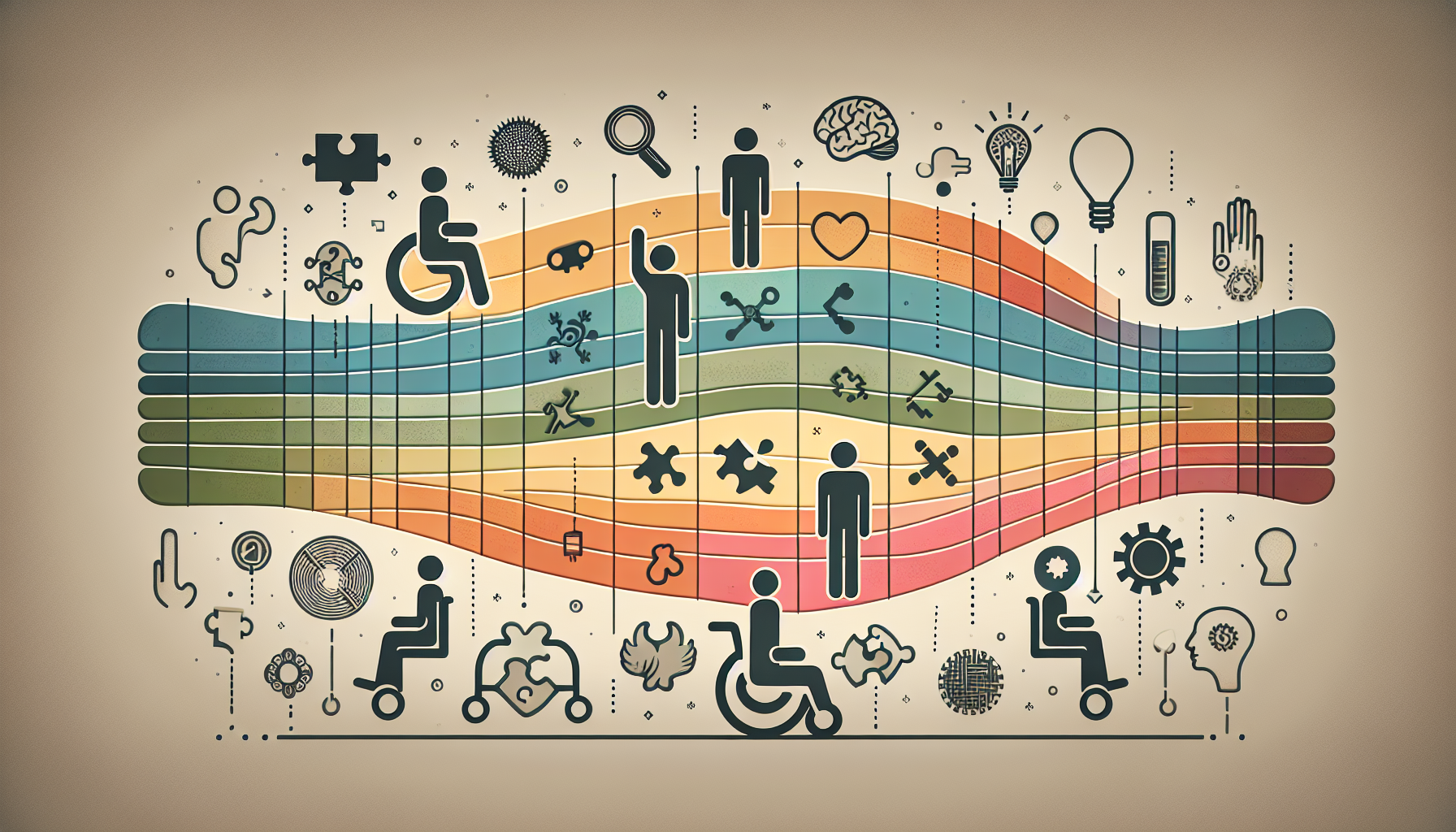
.jpeg)


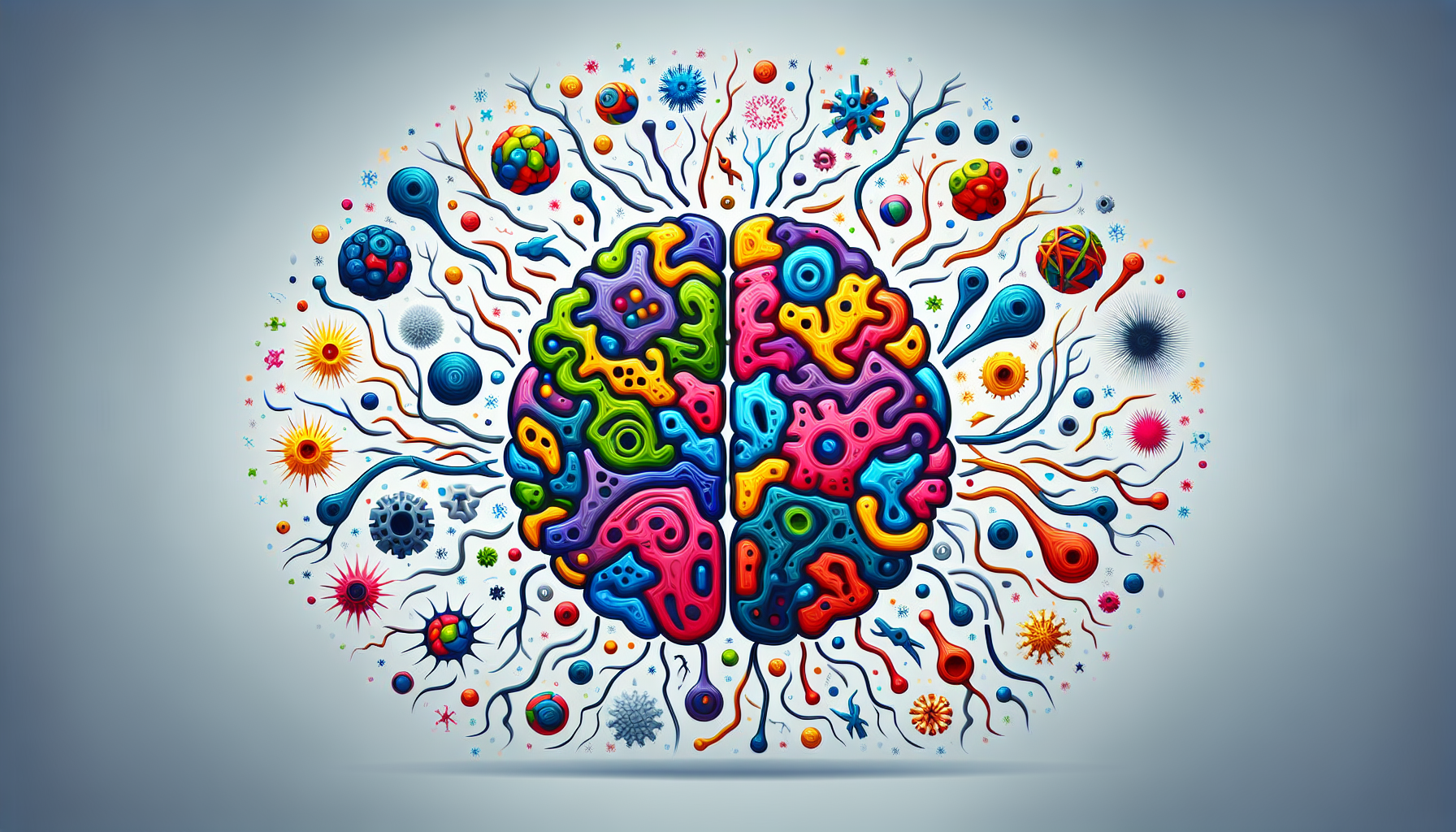
.jpeg)

















